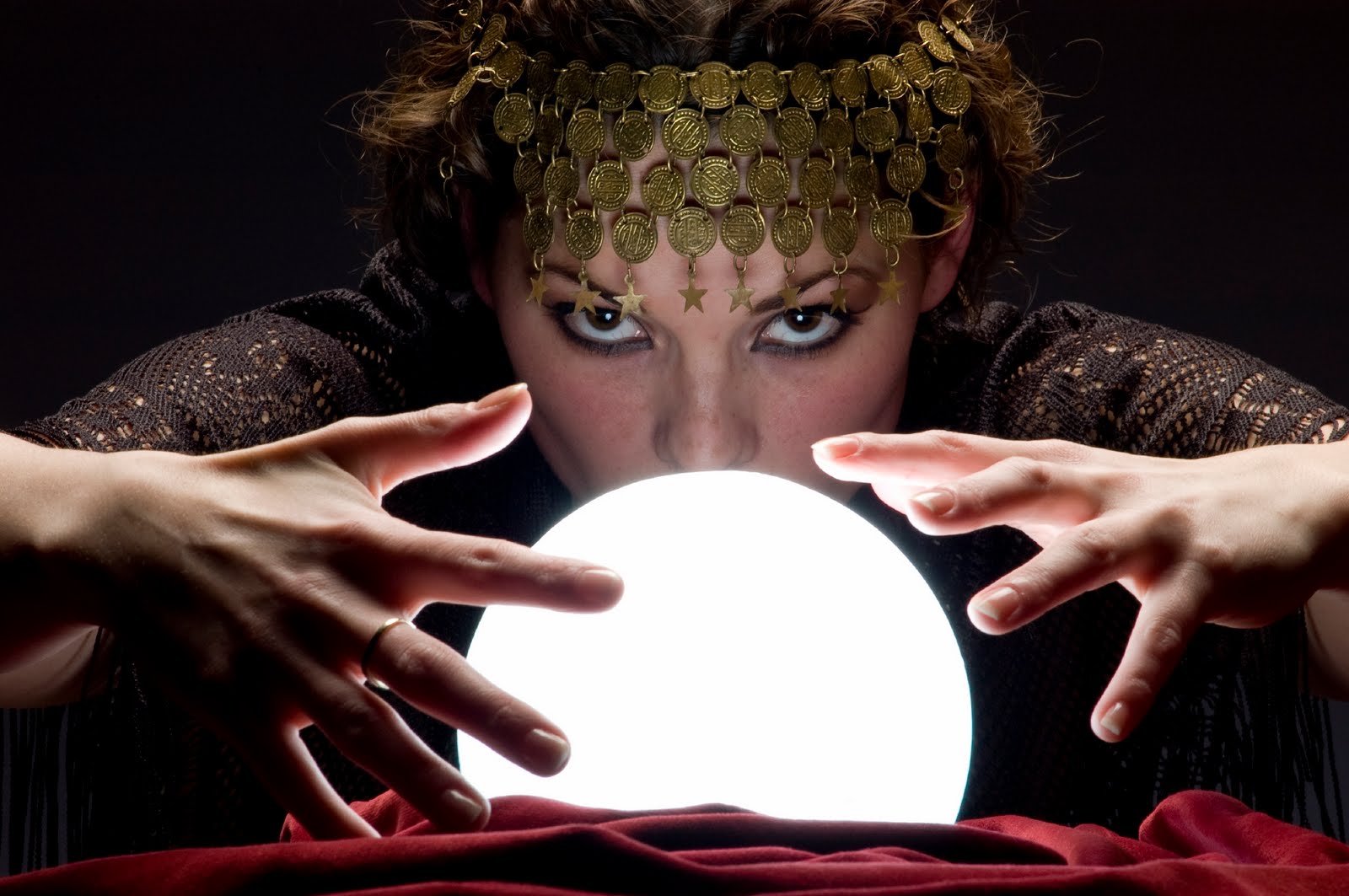
The crystal ball is standard equipment for any modern fortune teller, but where did crystal balls come from? Looking into the orb should give the diviner a vision of the future, which will then be shared with the client for a fee. Today, we connect crystal balls with fortune tellers, often from Rome (“gypsy” culture), but that is not where these mystical spheres originate. To learn the origin of crystal balls, and how they are often shrouded in mystery, and like all powerful (most often female) mediums, we have to go back to the ancient Druids and a practice called scrying. The history of crystal balls begins with the ancient Druids, and their origins are still a mystery.

The Mysterious Druids
As early as the 3rd century BC, druids were an elite class of healers, spiritual leaders, storytellers, advisers and teachers in the ancient Celtic cultures of the British Isles. The name Druid is a Celtic term meaning “to know the oak”, which probably came about because Druids were known to perform rituals in oak forests. They also believed that looking into a reflective surface such as a pool of water, a mirror or a crystal ball, which is where the practice originated, could allow them to see into the future.

The practice of clairvoyance
Ancient Druids used a practice called scrying to predict future events. Scrying, which is a variant of the word descry, which means to perceive, involves staring at a reflective surface to get glimpses of the future. Druids were great advocates of divination and used it to help them make important decisions and advise others. Scrying, however, was not exclusive to the Druids. Other cultures adopted the process and have been using it for centuries. In the beginning, druids used puddles of water or glowing stones to do their scrying. Later, however, they created orbs from glass, gemstones, and crystal.

Crystal balls versus Christianity
When the Romans conquered the British Isles, the Druids were all but wiped out, as were their mystical practices. In his Natural History , Pliny the Elder included an entire chapter on the Druids and made reference to the forms of magic they used, including divining the future “with balls”… one of the earliest written mentions of crystal balls. Most of the time, crystal ball divination went against the teachings of Christianity and the practice was condemned. St. Augustine wrote in his City of God , a fifth-century book, that using crystal balls was a way of becoming “entangled in the deceitful rituals of demons who disguise themselves under the name of angels”.

The Crystal Ball Renaissance
During the Renaissance, scholars began to tap into the written knowledge of the Arab people, which helped broaden their understanding of the natural world. One of the Arab writers, Picatrix, saw mysticism as true science and argued that it was a legitimate branch of science. His writings portray scrying as a logical and scientific practice. European scholars began to take a second look at scrying and the practice saw a resurgence in popularity, especially among the academic and elite classes.

Enter the gypsies
Between the 9th and 14th centuries, groups of Roma migrated from India to Europe, bringing with them a nomadic lifestyle and a belief in mysticism. This put the Roma people in conflict with the Catholic Church and they were ostracized. The Catholic Church was particularly upset by the gypsies, or “gypsies” as they came to be known, and their fondness for fortune telling. Predicting the future of people in desperate circumstances became a major source of income for these immigrants when traditional employment was hard to come by. Gypsies used crystal balls to predict the fortunes of their clients for two reasons – Europeans already knew about crystal balls, so they believed in the mysticism that surrounded them and they were portable so that a gypsy could easily set up a fortune-telling stand.

Crystal balls in politics
Queen Elizabeth I relied on the crystal ball readings of an adviser, John Dee, who was a mystic, mathematician and alchemist. Dee peered into the future and provided the Queen with the best dates to plan important events and meetings. John Dee was not the only crystal ball user to lend his talents to help his country. In America in the 1940s, 1950s and 1960s, Jeane Dixon used her crystal ball to make political predictions. She is best known for predicting the assassination of President John F. Kennedy.

The crystal ball in pop culture
The crystal ball has become a fortune-telling symbol that is often included in television, movies, and literary references to fortune telling. We see this in movies from The Wizard of Oz to Big to Aladdin and the Harry Potter series, and in TV shows from Gilligan ‘s Isle to The Munsters to The Rugrats . There’s even a smartphone emoji of a crystal ball to this day, and although its original owners are from a long dead culture, its history, its mystery, and the history of the crystal ball continues to this day.